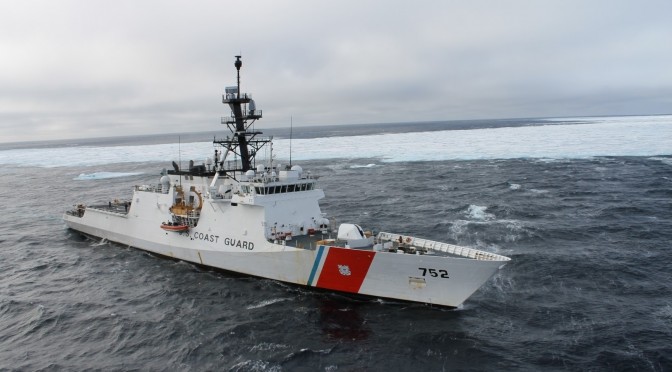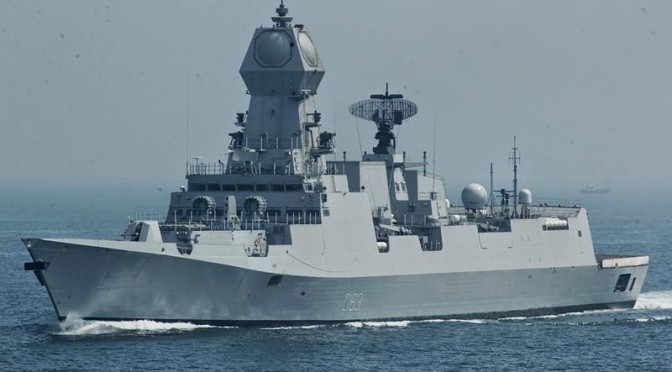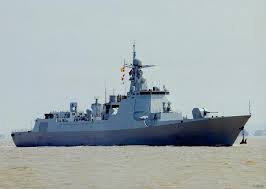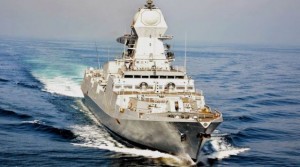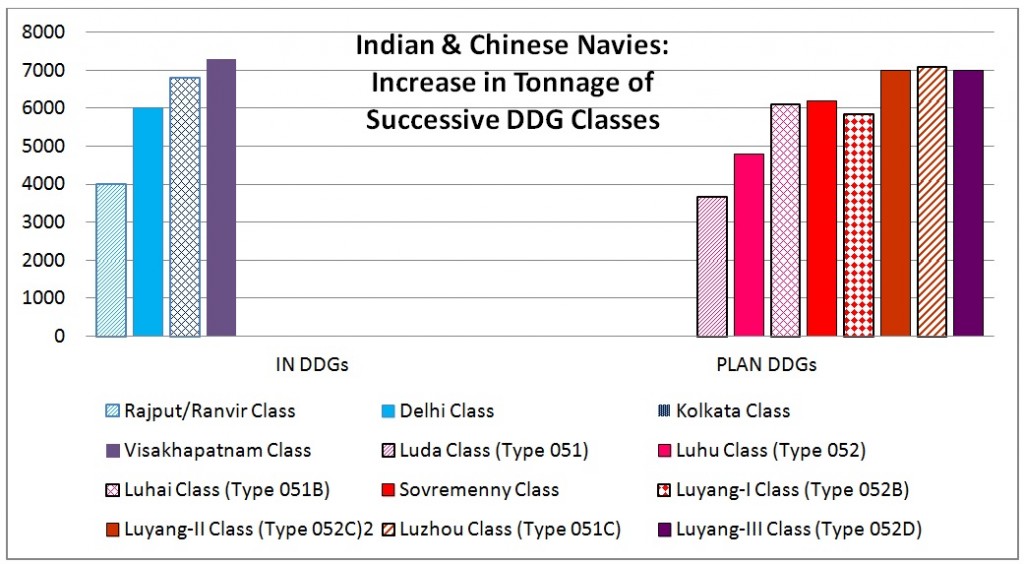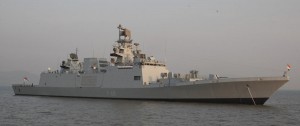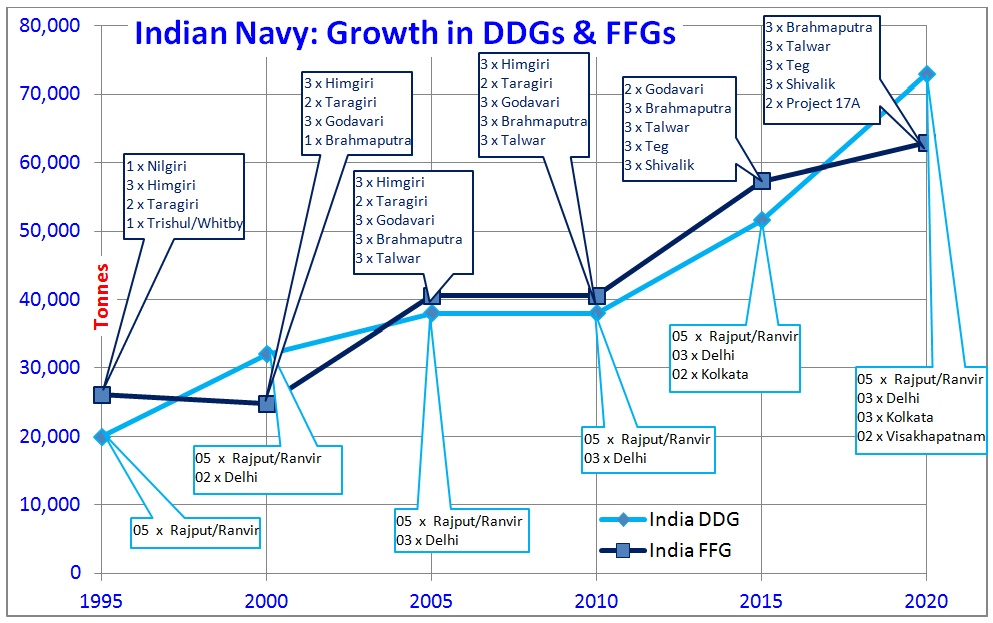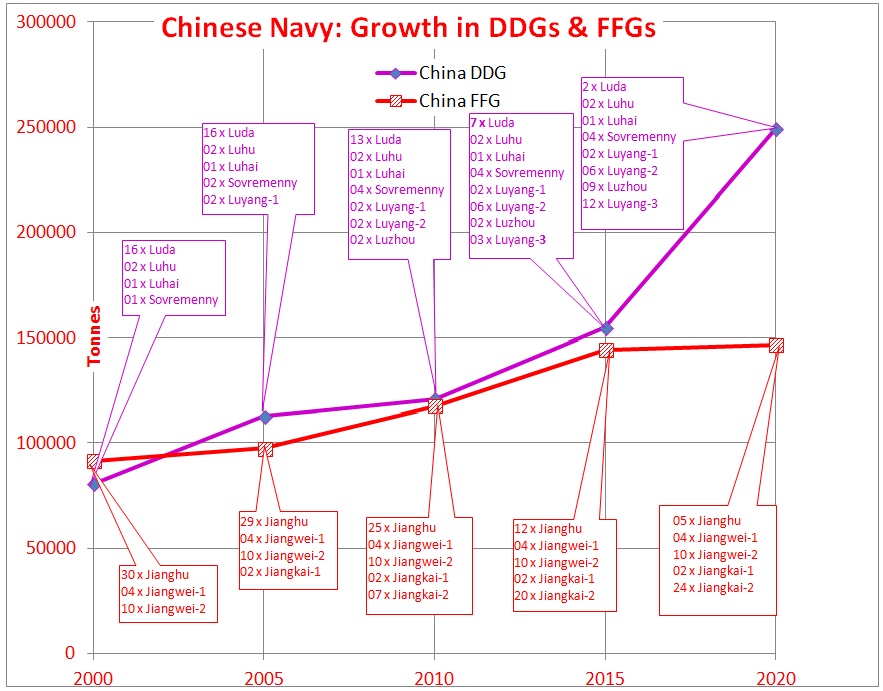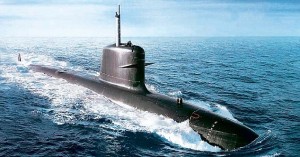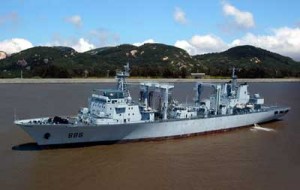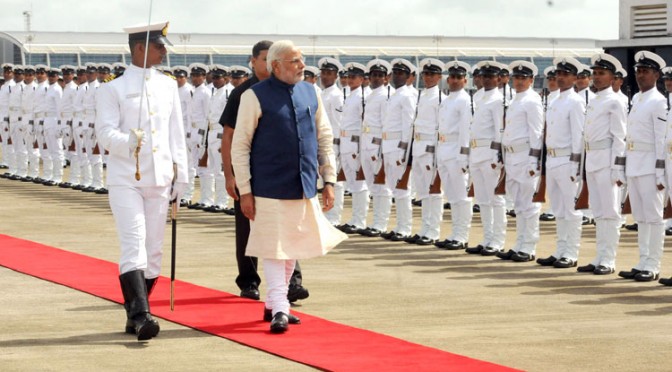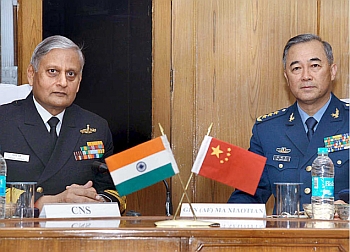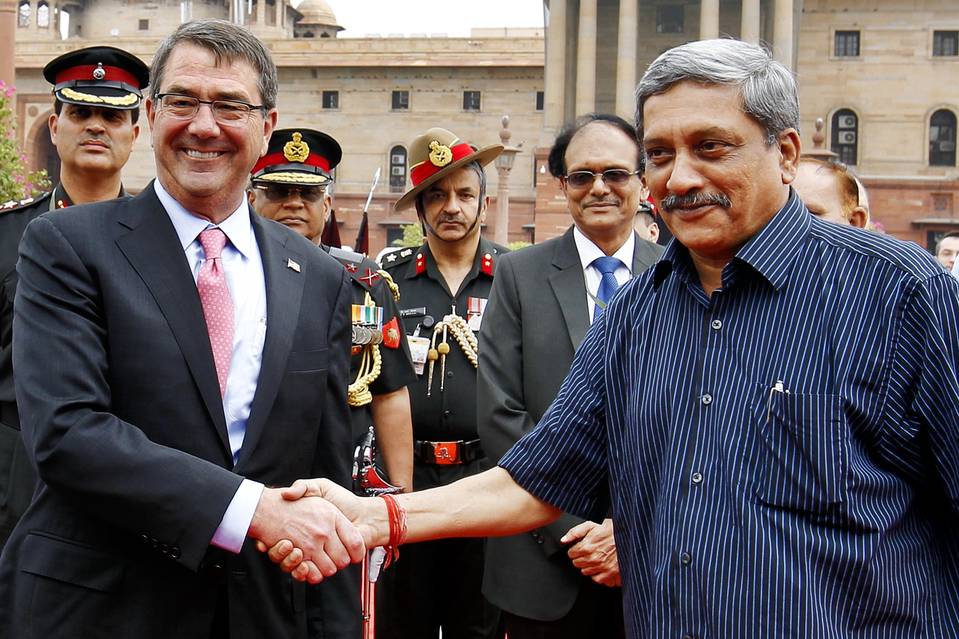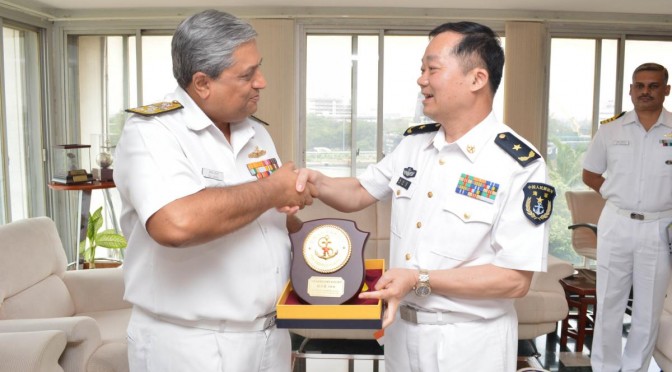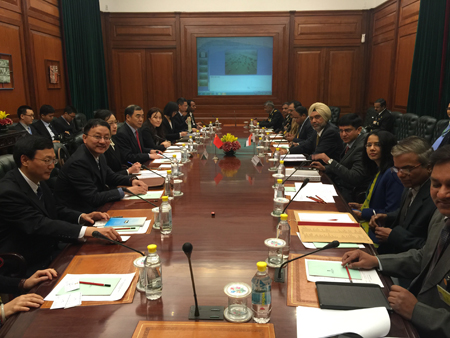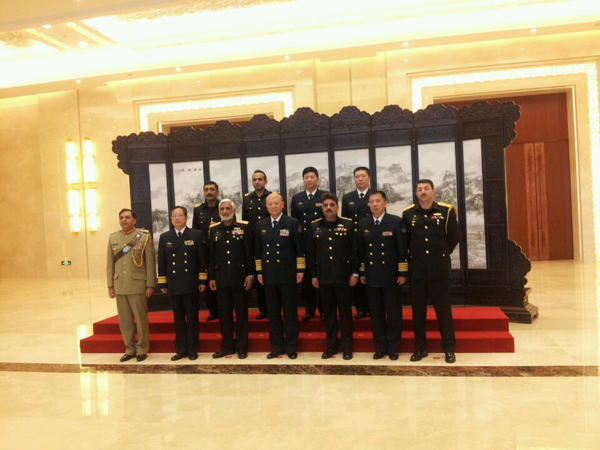This article was originally posted by The Arctic Institute. It can be read in its original form here.
By Ryan Uljua
Following a sly piece of last-minute legislative maneuvering, the US Congress is now widely expected to fund a ninth National Security Cutter (NSC) for the Coast Guard. The ninth NSC will join the originally planned eight ships, six of which have already been built. Unlike Congress, President Obama’s Office of Management and Budget has deemed the 9th NSC an “unnecessary” luxury. However, now that funding for the ship is all but guaranteed, the Administration should work with Congress and the Coast Guard to transform the so-called “luxury” ship into a vital national asset in the US Arctic.
While the Coast Guard’s icebreaker deficiency consumes most of the headlines, the service is also facing a looming shortage of capable, versatile cutters in the Arctic that can perform more traditional Coast Guard missions. Today, the Coast Guard’s permanent major cutter presence in the vast Alaska-Bering Sea-Arctic region (the Coast Guard 17th District) consists of the Hamilton-class high endurance cutter Munro and the medium endurance cutter Alex Haley, both homeported in Kodiak, Alaska. Although capable vessels, the two ships are 45 years old apiece even ―older than the Coast Guard’s sole aging heavy icebreaker Polar Star―and are due for retirement. Most concerning, the Munro, the nation’s sole high endurance cutter homeported north of Seattle, Washington, is slated to be retired with no clear replacement in the works. The injection of a fresh, reliable, and highly capable Coast Guard cutter is sorely needed in the vast 17th District. With a few simple measures, the newly funded 9th NSC can be modified to meet the pressing need for a modern, year-round flagship in the American Arctic.
Homeport in Kodiak, Alaska
At least three current NSCs―USCGCs Bertholf, Waesche, and Stratton―have conducted long-range seasonal patrols in Alaska and the Arctic in recent years as part of annual Arctic Shield exercises. During these seasonal patrols, the ships have exceeded nearly all performance expectations, especially in terms of their Command, Control, Communications, Computers, Intelligence, Surveillance and Reconnaissance (C4ISR) capabilities. A single NSC is said to have more C4ISR abilities than every other Coast Guard asset in the 17th District combined. The NSC also far outclasses the US heavy icebreaker Polar Star and the medium icebreaker Healy when it comes to C4ISR capabilities, essential for fulfilling the role of a regional command ship. As commercial and security activities increase in the American Arctic, a highly-capable command and control ship permanently located in-theater will be essential for coordinating and managing increasingly complex missions.
Today, every time a NSC leaves its homeport in Alameda, CA to conduct summertime Arctic Shield patrols, it loses approximately 40 operational days to travel time just to reach the theater. Permanently homeporting the 9th NSC in Kodiak, Alaska would help offset this geographic reality and dramatically reduce the number of operational days lost to transit while also providing an improved, year-round presence in the US Arctic region. Unfortunately, when a current NSC deploys to the Arctic for annual Arctic Shield patrols, it must also abandon other vital missions in the lower 48 states. An example of this, the Coast Guard was forced to suspend counter-narcotics missions in the Pacific and Caribbean to meet seasonal demands in the Arctic in the summer of 2015 when Shell was conducting exploration activities in the Chukchi Sea. The NSC Waesche was diverted from a mission prosecuting cocaine traffickers in the Caribbean to help provide support for Shell in the Arctic—a trade off that Coast Guard Commandant Adm. Zunkuft lamented as a significant “opportunity cost.”
Some may argue that the Coast Guard’s icebreakers, a classic symbol of American Arctic presence, are themselves homeported in Seattle, WA, and not in Alaska. However, the icebreaker fleet is required to travel both north to the Arctic as well as south to the Antarctic for annual Operation Deep Freeze missions. The old icebreakers also take a beating and generally require larger and more specialized maintenance facilities. Some additional shore-based maintenance personnel and facilities would likely be needed in Kodiak, Alaska to accommodate the larger, more advanced NSC. Fortunately, expensive upgrades were already funded and performed in 2014 on pier infrastructure at Coast Guard Base Kodiak to physically accommodate a NSC on a regular year-round basis.
Homeporting the 9th NSC in Kodiak would offer the Coast Guard a permanent, go-to Arctic command and control ship that can serve to coordinate any and all regional operations.
Ice-strengthen the Hull
While homeporting the 9th NSC in Kodiak instead of places like Alameda, CA or Honolulu, HI would reduce the number of operational days lost to travel time, efforts to ice-strengthen the hull of the ship during its construction phase would extend its Arctic operating window even further. Ice-strengthening the 9th NSC so that it can handle light and medium first-year sea ice, typically up to 0.5 m (1.6 ft) in thickness, would extend the ship’s Arctic operating window by an estimated 40–75 days―making a permanent Arctic deployment more feasible.
The medium endurance cutter Alex Haley that is currently homeported in Kodiak, AK has had mild ice-strengthening measures applied to its hull, allowing the ship to operate in very light ice conditions. Nonetheless, the light ice-strengthening of the Alex Haley’s hull gives the ship great operational flexibility in the Arctic. Ice-strengthening the 9th Kodiak-based NSC would give the new ship even greater operational flexibility in the 17th District, particularly as the 45-year-old Alex Haley, once dubbed “The Bulldog of the Bering,” comes due for retirement.
Representatives from the NSC project’s prime contractor, Huntington Ingalls Industries (HII), have previously indicated that ice-strengthening the hull of an NSC is achievable and can be done at a relatively low cost. The structural changes would primarily involve reinforcing the hull, adding an improved engine cooling system, and protecting external components from ice damage. These measures would have little negative impact on performance, with some analyses showing that ice-strengthening a NSC would increase the ship’s weight by 75 tons while only reducing its maximum speed from 28 to 27 knots.
At the current rate of NSC construction, the 9th NSC can be expected to launch in 2021-2022, just as the estimated 8-year-long construction of the Coast Guard’s newest heavy icebreaker is scheduled to begin. Not only would the new NSC serve as a fresh replacement for the aging Munro at Kodiak, its ice-strengthened hull would also help fill a light icebreaking need in the region to access areas of thin, first-year sea ice that non-strengthened ships would avoid without icebreaker escort.
The primary contractor for the NSC, HII, is one of the leading candidates to build the Coast Guard’s new heavy icebreaker and has good incentive to ice-strengthen the 9th NSC. The shipbuilding giant could use the opportunity to demonstrate to the Coast Guard it’s ability to build hulls that are capable of taking on Arctic conditions ahead of the new icebreaker acquisition.
Ice-strengthening the hull of the 9th NSC would obviously require more funds on top of the $640 million Congress has already earmarked for the ship. However, given Congress’s apparent enthusiasm for funding additional NSC―there are rumblings that they are open to funding a 10th NSC in 2017―securing the additional funds from the legislative branch does not appear like it will be a challenge. Fellow Arctic nations and NATO allies have pursued similar “slush breaker” models for ice-strengthened patrol vessels at reasonable prices, most notably the successful Norwegian ship NoCGV Svalbard.
An Arctic Legacy
President Obama’s recent actions, including his final budget request and the recent state visit with Canadian Prime Minister Justin Trudeau, demonstrate a desire to leave an Arctic policy legacy. His final budget request allocates serious funds to acquiring a new icebreaker and devotes $400 million to resettling Alaskan coastal villages at risk due to climate change. Now, if President Obama is serious about leaving an enduring mark on US Arctic policy during his final months in office, his Administration should work with Congress and the Coast Guard to transform the once “luxury” ninth National Security Cutter into America’s flagship cutter in the Arctic.
Ryan Uljua is a graduate of the George Washington University’s Elliott School of International Affairs, where he focused on security and defense policy as well as geographic information systems (GIS) and remote sensing. Previously, Ryan has worked at The American Interest Magazine, International Relief and Development (IRD), and the International NGO Safety and Security Association (INSSA) in Washington, DC. Ryan currently works as an Intelligence Analyst at an international risk management and crisis response firm based in Boston, Massachusetts.

